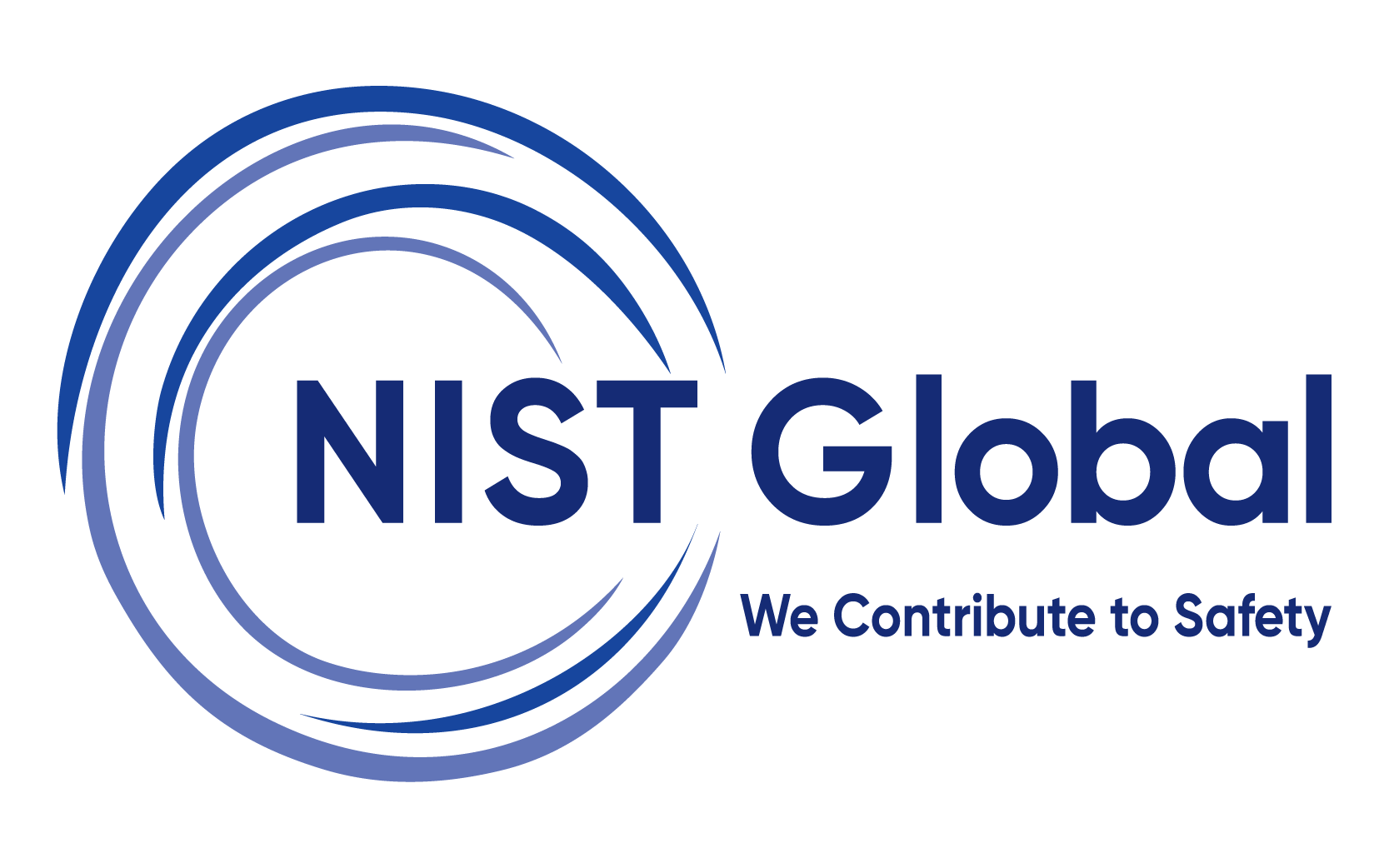Gas Cutting Safety
Gas Cutting Safety Training is an inclusive program designed to ensure the safe operation and handling of oxy-fuel cutting equipment, which is widely applied in industrial, construction, and engineering environments. This training focuses on the identification and control of critical hazards such as fire, explosion, flashbacks, gas leaks, and toxic fumes associated with the use of highly flammable gases like oxygen and acetylene. Participants acquire practical experience with pre-use inspections, safe equipment start up and shutdown, leak detection methods, correct use of flashback arrestors, and proper personal protective equipment (PPE) selection.
Gas Cutting Safety Training
In addition to operational safety, the training emphasizes the need to become a part of permit- to-work (PTW) systems, fire watch procedures, and emergency response procedures. It is meant to improve workplace safety culture and regulatory compliance in industries such as manufacturing, shipbuilding, oil & gas, and heavy engineering. By providing workers, supervisors, and technicians with industry best-practice safety procedures, the course is intended to reduce risks and foster a proactive, safety –first mind set.
-
Duration1 Day
-
Training ModeVirtual/Face to Face
-
LevelIntermediate
-
LanguageEnglish and other regional languages based on availability
-
Content Customization:Client specific/Industry specific/Site specific
Why should Employers Invest in this Training?
- Reduce Fire & Explosion Risks: Through preventing catastrophic incidents caused by gas leaks, flashbacks, and improper handling of flammable gases.
- Enhance Workforce Safety: By Equipping technicians, operators, and supervisors with the knowledge to identify hazards and follow safe practices.
- Minimizes The Risk Of Operational Down Time And Costs: By Preventing equipment damage, unplanned stoppages, and costly incident investigations.
- Ensure Legal & Regulatory Compliance: Aligns with statutory requirements under the Factories Act, PESO guidelines, and industry safety standards.
- Strengthens Fire Safety Culture: By promoting a proactive safety mind set and reinforce adherence to permit-to-work (PTW) systems.
- Lower Insurance & Compensation Costs: Fewer incidents mean reduced claims, lower premiums, and minimized liability.
Training Objective
The Gas Cutting Safety Training is to provide participants the knowledge and skills to identify hazards such as fire, gas leaks, explosions, and flashbacks associated with oxy-fuel cutting operations. The training focuses on safe equipment setup, operation, and shutdown procedures, along with the correct use of personal protective equipment (PPE) and flashback arrestors. Also enhances emergency preparedness, promote adherence to permit-to-work (PTW) systems, and ensure compliance with relevant safety regulations. Overall, training program fosters a proactive safety culture and reduces risks across industrial and construction environments.
Training Methodology
Instructor-led
Sessions
Risk Study
Assessment
Hands-On
Practical
Group
Discussions
Knowledge
Checks
Virtual
Mode
Final
Assessment
How Will This Training Strengthen Workforce Readiness?
This training enhances the ability of workers to safely manage gas cutting tasks in high-risk environments. It builds competence, confidence, and compliance—key pillars of an incident-free workplace.
- Builds Technical Competence - Trains workers with the skills to safely operate, inspect, and maintain gas cutting equipment.
- Improves Hazard Awareness - Trains employees to identify and control risks such as gas leaks, flashbacks, and fire hazards.
- Boosts Emergency Response Readiness - Prepares the workforce to act swiftly and effectively during incidents, minimizing impact.
- Strengthens PTW & SOP Compliance - Reinforces adherence to permit-to-work systems and standard safety protocols.
- Enhances Decision-Making Confidence - Empowers workers to make safe, informed choices during routine and critical operations.
- Fosters a Proactive Safety Culture - Encourages accountability and vigilance, reducing the likelihood of unsafe acts or conditions.
Who can take this course?
This course is ideal for individuals involved in gas cutting operations or exposed to related hazards. It is designed to enhance safety awareness, technical handling, and emergency readiness across roles.
- Gas Cutters and Welders
- Maintenance and Utility Workers
Assessment
✅ Multiple Choice Questionnaire (MCQ)
Training Mode
Face to face training
Virtual training

